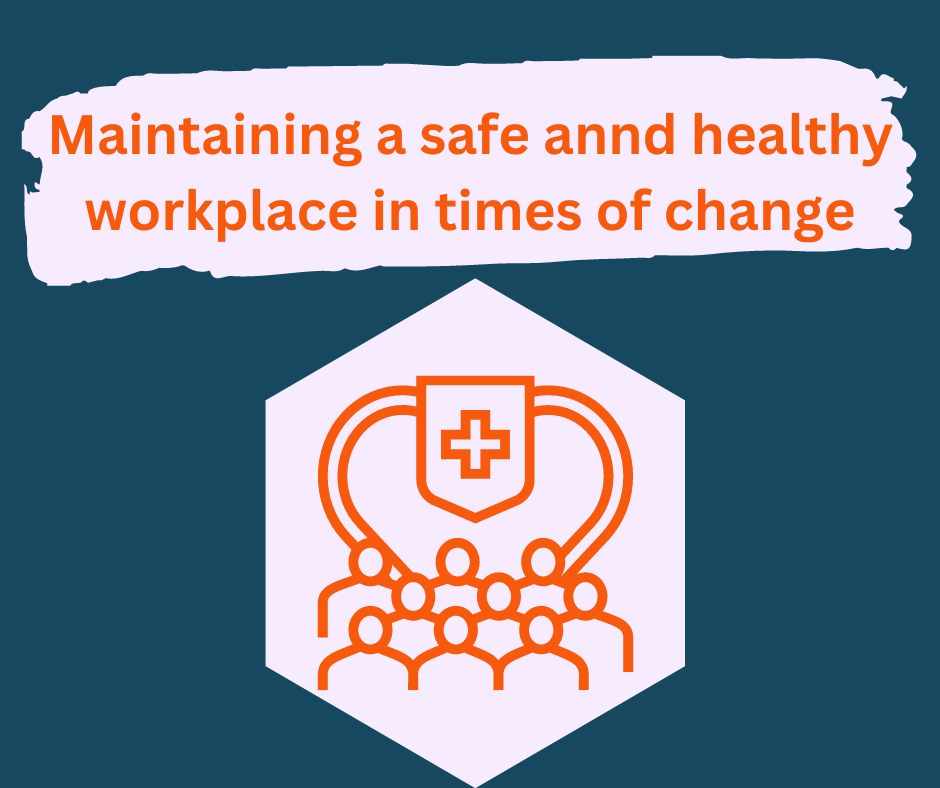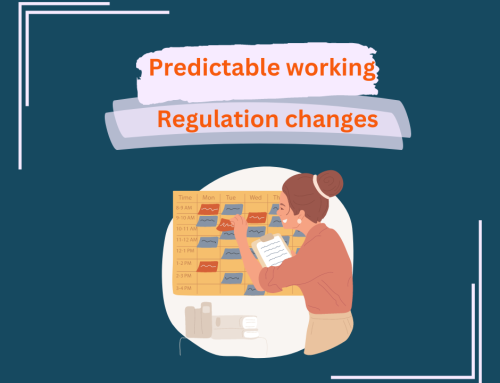Making changes to your business? Then don’t forget to take a fresh look at your H&S.
(Blog content by NIG Risk Assist)
Currently businesses are having to deal with multiple issues.
On top of increased costs due to rising inflation, we’ve seen enormous hikes in energy prices. This has had an on-going impact on some markets resulting in reduced sales and potential cash flow difficulties for some.
Some businesses are also facing workforce challenges, where they’ve had to lay staff off, or staff have taken on other employment (e.g. more money), or the business has not been able to find people with the necessary skills for the job.
Staff churn may have also affected opportunities to carry out internal staff training programmes that are required to maintain efficient production.
If, like many other businesses, you have been affected by such challenges, you may be considering making some changes.
Whatever changes you plan to make, however, continuing to provide a safe and healthy workplace is an essential part of maintaining business efficiency – and, ultimately, profitability.
Here we look at some the changes you may be considering, and how you can implement them whilst maintaining the health and safety of your workplace.
Reviewing Risk Assessments in-line with planned changes
In order to make any major changes within the business safely, be they in production or job responsibilities, you will need to carry out a fresh risk assessment for that area of activity. This will enable you to identify potential areas of risk and possible ways to mitigate them.
The following are just some of the areas where you may be considering making cost cutting changes, and the associated risks that can typically result due to those changes:
Switching off lights Low light levels can result in trip hazards, both inside and outside of premises, particularly now that daylight hours are shorter. Installing movement activated lighting can be an expense you might want to avoid. However, ensuring that some low-level light is available at all times while the premises are occupied, may be sufficient. This is particularly important for access and egress, especially for emergency exits.
Reducing heating levels Too low temperatures can reduce productivity so it may mean finding the right balance. And constant low levels, rather than an off / on approach, can help to avoid burst pipes if the weather takes a turn for the worse.
“Growing your own” If you can’t find people with the right skills from outside your business, you may have considered using your skilled people to pass on their specialist skills to others. Take into account whether those skilled people already have, or can be sufficiently trained in, the necessary instruction skills to effectively train others.
You may find the recent HR news article Making Staff Training work for your Business helpful here.
Staff morale An increased rise in energy, mortgage and food costs may have put many of your workers under financial pressure and caused anxiety about the stability of their jobs. This can have a major impact on their health and mental wellbeing which may result in:
- Lack of attention / distracting them from their work
- Increased inefficiencies in their work
- Greater wastage
As a result of this you may also experience a drop in H&S standards in your workplace which can not only cause harm to your people (and others) due to increased incidents and accidents but will impact on both your productivity and your business reputation.
Staffing reduction If finances won’t allow for the business to award a pay rise to help staff cope with the rising cost of living, or you have had to lay off some staff, you may have to consider other ways of supporting your (remaining) staff. As long as it doesn’t affect output, this may include more flexibility around your working hours e.g. reduced working days, longer shifts, hybrid working.
Worries about coping with rising household costs can affect sleep and result in fatigue and the dangers that come with this – especially those in charge of equipment and machinery, or who drive for work.
You also need to be alert to any stress or anxiety that the changes made to working conditions, can cause staff. Stress Management – In the Workplace provides further guidance on this.
Engaging with Employees
As with any proposed changes, get both your senior management team and workers on board and involved with this and consult with staff before taking any action.
Those “at the coalface” are often the people to ask how best to improve on the way things are done and /or how to reduce waste. Importantly, they can also help to identify where, due to any changes to be implemented, new hazards with the potential to cause harm, may occur.
Emphasise that the attention the business continues to put on health and safety, remains high. Demonstrate to your people just how important you regard it by not cutting back on safety.
Together work out what H&S skills will be needed in the future, and where they will be required. And who, within the business has these skills – these are the people you will need to retain.
For help with tackling the key areas of risk in your business, go to the relevant industry in the H&S section’s Sector Specific area on the site. You will also find comprehensive guidance for carrying out risk assessments in the H&S A-Z.
Looking to the future
Having a positive strategy in place to help ease your business through the difficult times, can help turn it around to be a time of opportunity, in that:
- Complacency goes out the window
- Difficult decisions will be taken which might have been avoided in better times
- Options that have been dismissed as too disruptive may now be exactly what’s needed
- Adopting new ways of doing things to increase productivity / reduce wastage
- Making cuts where there were inefficiencies
Working closely with your people, your customers and your suppliers can help you plan your strategy through difficult times and to prepare for where the business will be as it comes out the other side.
Talbot Jones Ltd is a family-run Chartered Insurance Broker specialising in Third Sector and Professional risks. Get in touch for free insurance advice, review or quotation.
Talbot Jones Ltd incorporates March Insurance Services, a Chartered Insurance Broker specialising in Agricultural and Hospitality Risks.





